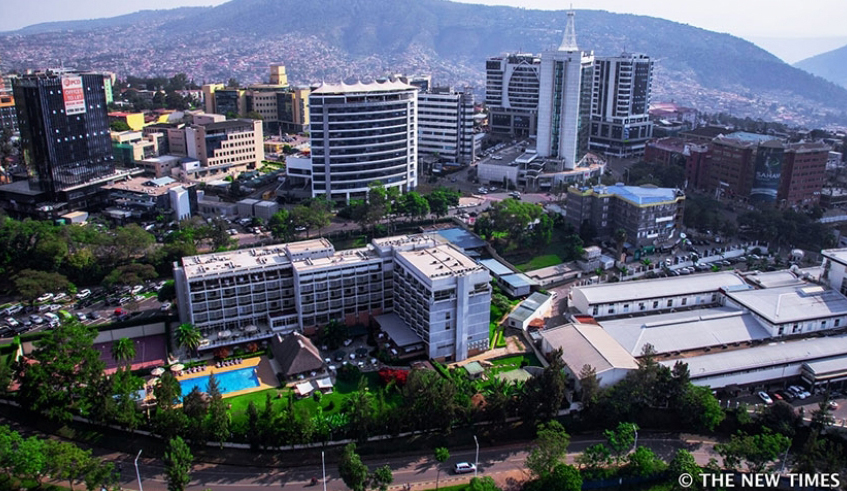

Some years ago, a New York Times reporter described the Kigali International Airport terminal building as a throwback to the 1970s’ style. The airport was not an essential part of his story, but still he found it necessary to throw in this description in the narrative.
The 70s architecture was, for him, an important discovery that validated his view of Rwanda – a country stuck in the past, unable to come into the present. It was as if he had found a blemish, so terrible as to render any positive image of the country unthinkable.
But if the intention was to disparage, it lacked imagination, which is in keeping with the attitude of many western reporters on Africa. You cannot accuse them of much imagination.
They are too lazy to be meaningfully creative whether in reporting the facts or inventing their own reality. More likely, arrogance makes them indulge in wishful thinking, ignore the reality and present to the world their own version of it.
Interestingly though, these writers have a knack for turning irony on themselves. Matters of architectural design are not like seasonal fashions that are discarded when the season is past.
They are more enduring and an important historical statement and record, not a passing fancy. And then such writers are content to live among the echoes and images of the past created by others and, whenever it suits them, bring them out to validate whatever their claim of the moment is.
This lack of imagination, the laziness to report or correctly interpret the facts, and even the inability to fashion a credible alternative reality have been in evidence these last few weeks since the arrest of Paul Rusesabagina on charges of terrorism, murder, arson, among a long list of crimes. The man is the supreme example of unimaginative creation.
Reporters from The New York Times and other western media, and various commentators have been doing what others before them have done. They have misrepresented the situation in Rwanda and rightfully earned the ire of Rwandans.
The real story is about the indictment of Rusesabagina for all the crimes he has committed against innocent, ordinary Rwandans. But the reporters always find a way to deflect this accusation and change the narrative. It becomes about Paul Kagame and the country he leads.
They call him all kinds of names - dictator, authoritarian, and autocrat, and because they cannot find any evidence to justify this characterisation of him, or are too lazy to look for it, they place him in the company of those they helped create and then demonised: Mobutu, Saddam Hussein, Bashar Assad, and others.
In addition, his government is repressive and Rwanda is a highly polarised society.
Validation for all these claims does not come from the present, but from the past – from colonial historians who distorted the record which has been perpetuated by post=colonial scholars, both western and African, including Rwandans.
The views expressed in this article are of the writer.


